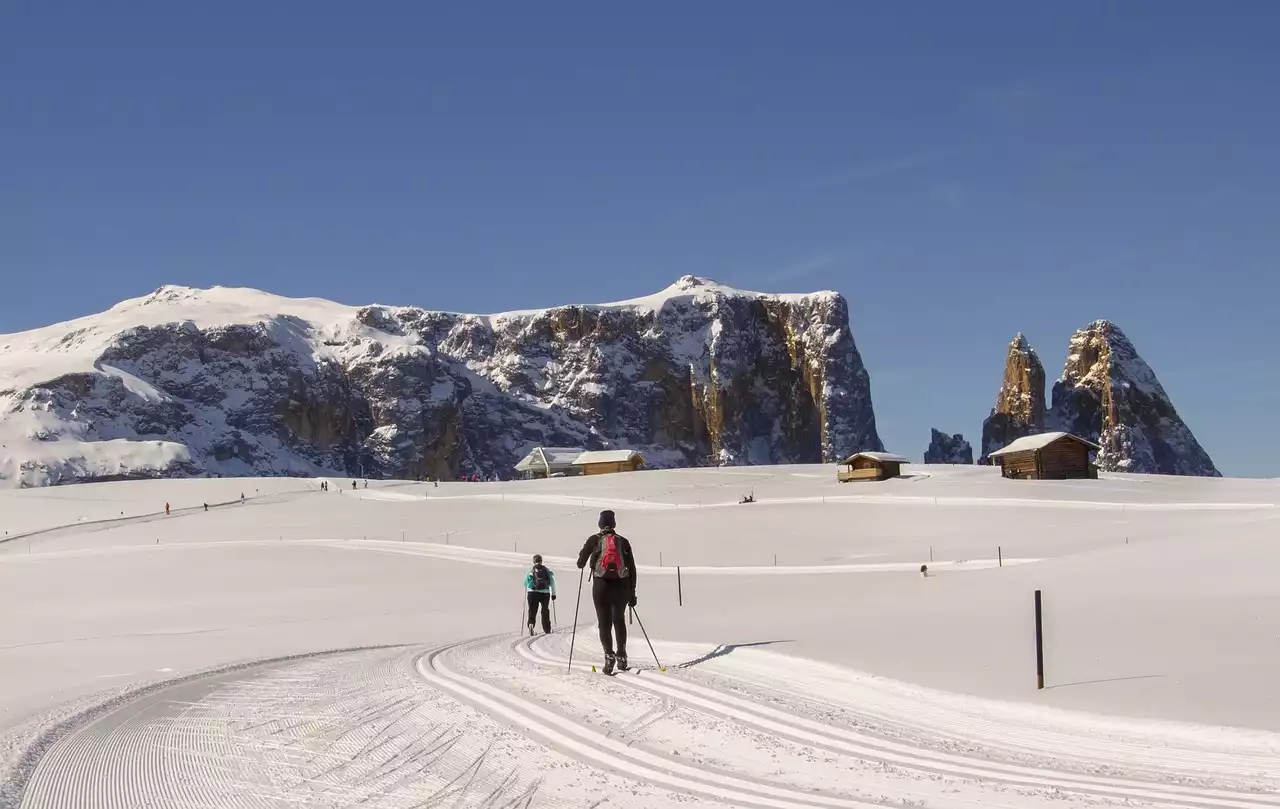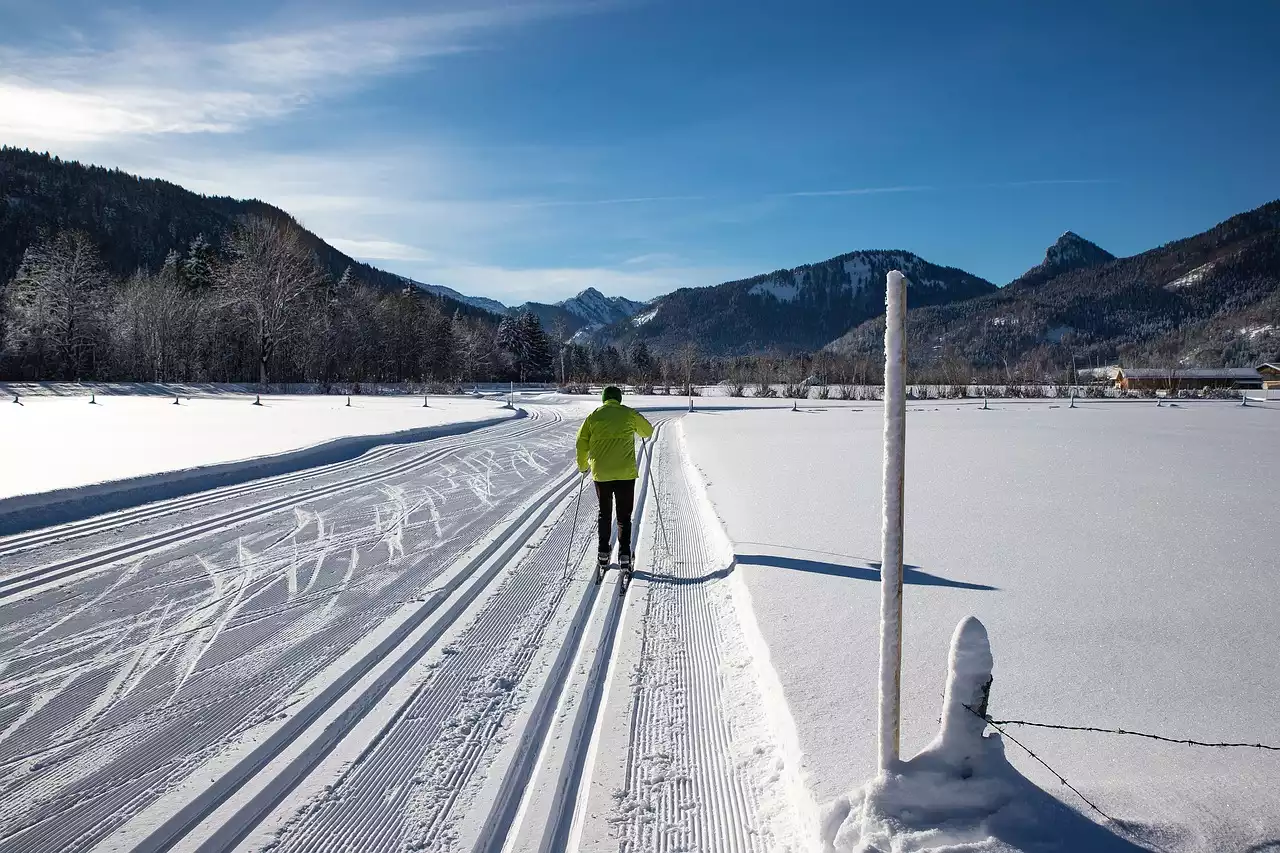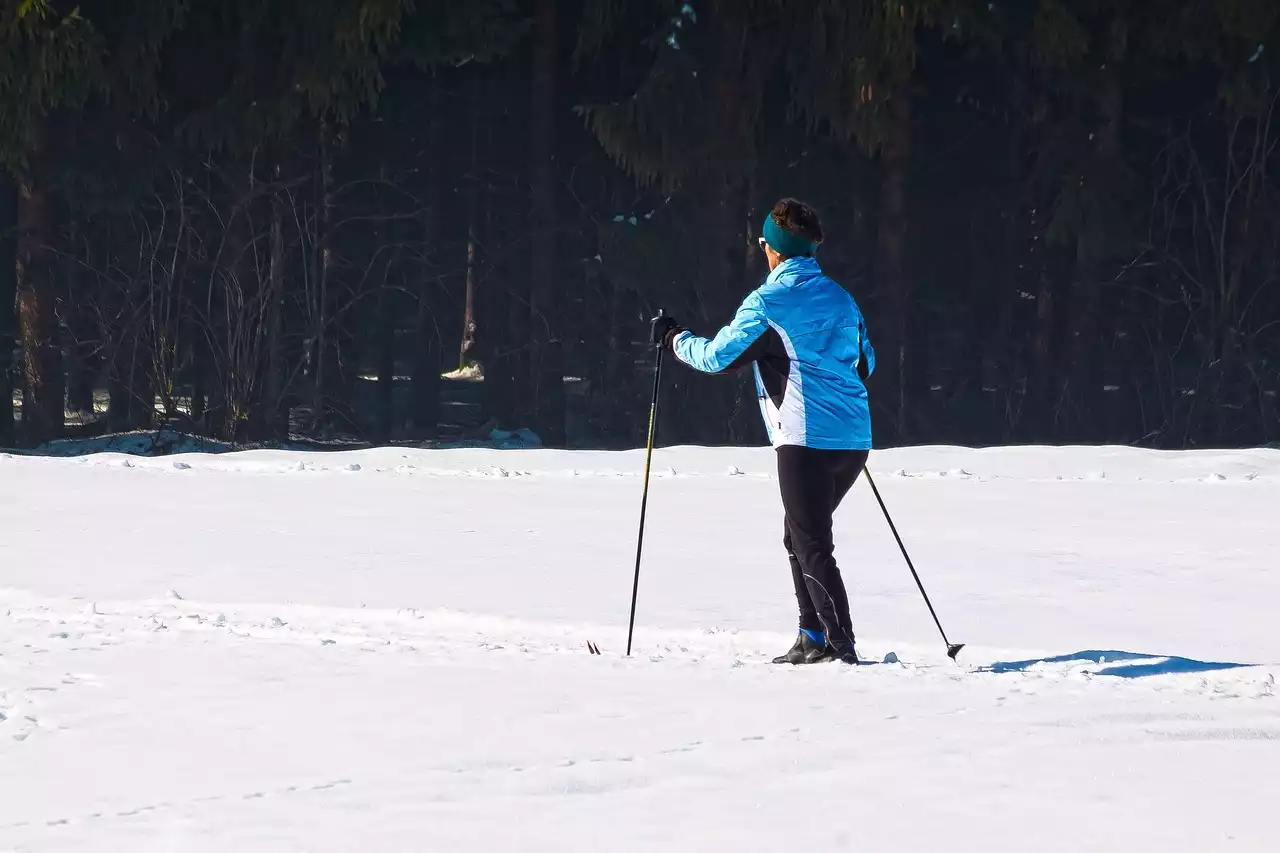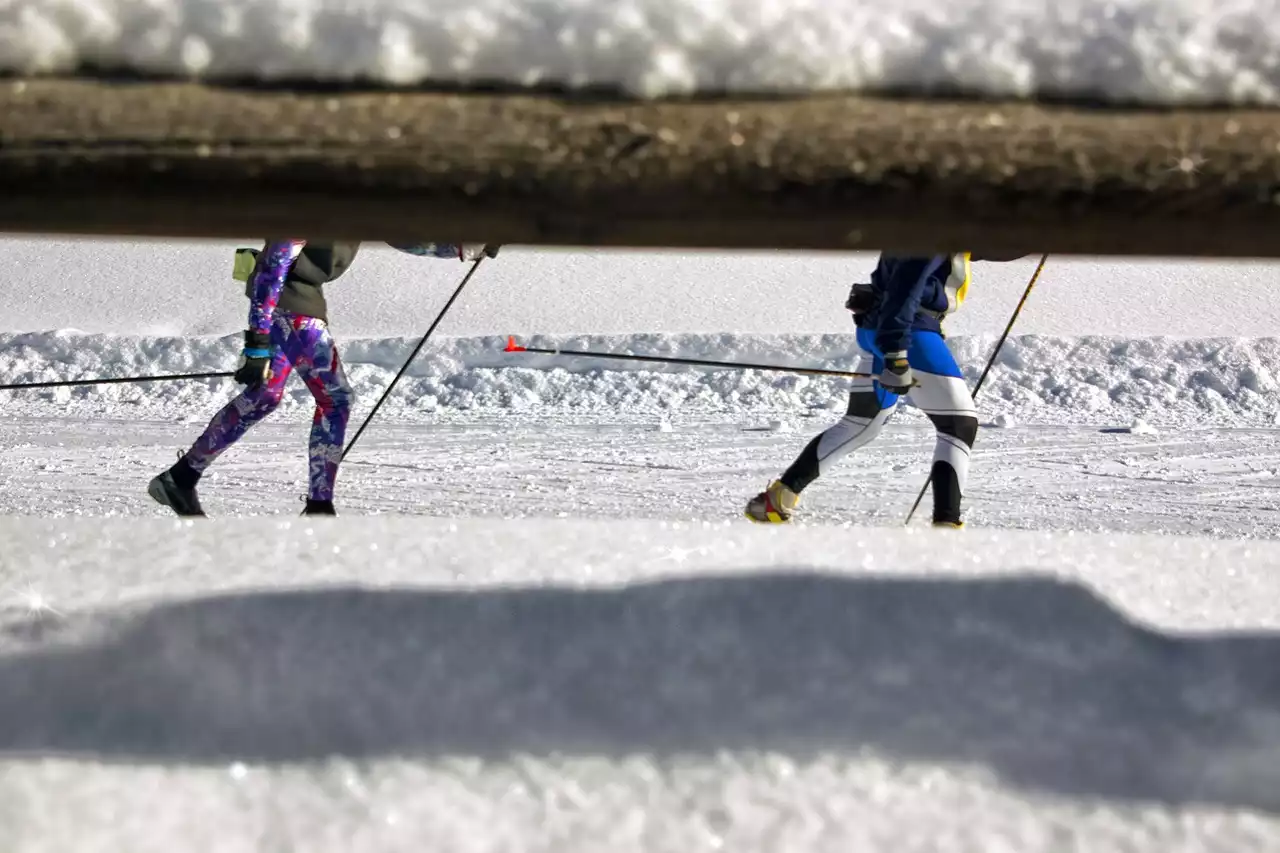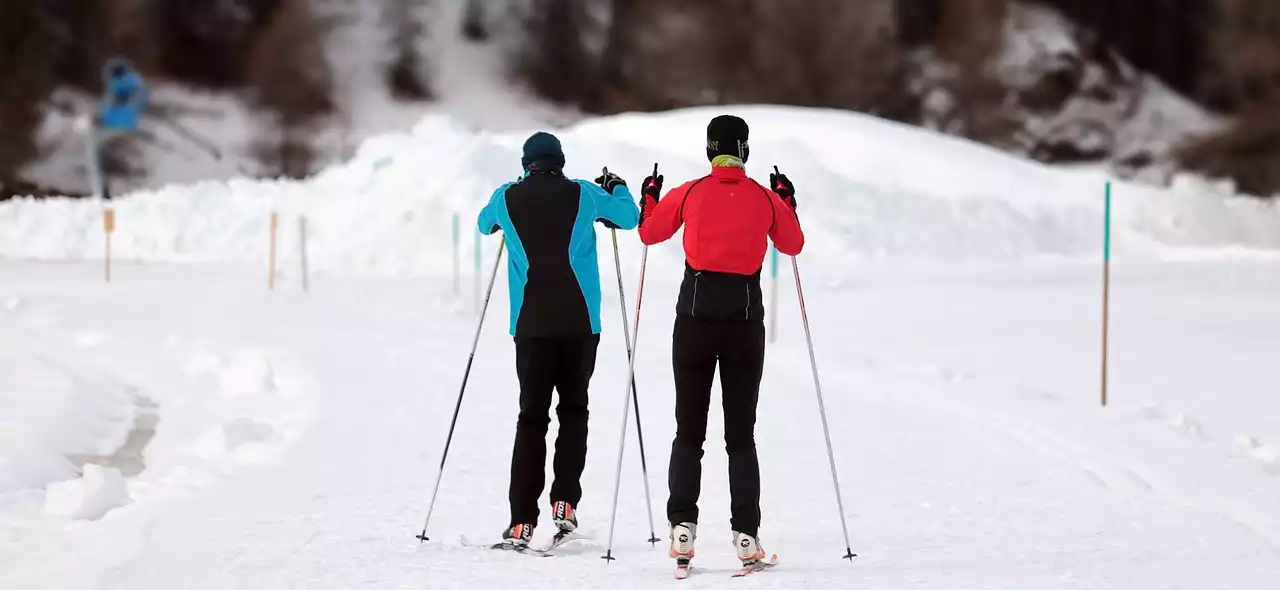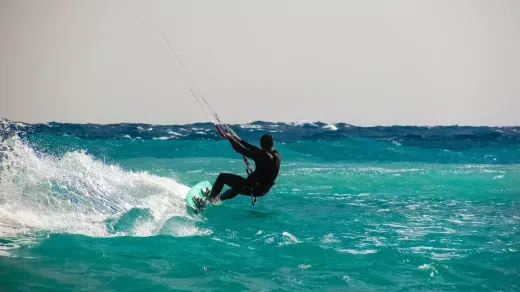Introduction
Embarking on a thrilling cross country skiing adventure? Then you've come to the right place! Whether you're a seasoned pro or a beginner, having the right gear is crucial to ensure a successful and enjoyable outing. In this comprehensive guide, we'll walk you through all the essential equipment you need for cross country skiing. From skis and poles to boots and clothing, we've got you covered. But it's not just about ticking off items from a checklist - it's about finding the perfect balance between functionality, comfort, and style. We'll delve into the latest innovations in ski technology, discuss the importance of proper layering, and explore the various options available for different skill levels and terrains. So, grab a hot cup of cocoa, sit back, and get ready to gear up for an exhilarating cross country skiing experience like no other!
The Benefits of Cross Country Skiing
Cross country skiing offers a myriad of benefits that make it an attractive winter sport for people of all ages and fitness levels. Not only does it provide an intense full-body workout, but it also allows you to immerse yourself in the beauty of nature and escape the hustle and bustle of everyday life. Unlike downhill skiing, which relies on gravity for speed, cross country skiing requires you to use your own strength and technique to propel yourself forward. This results in increased cardiovascular endurance, improved muscle strength and tone, and enhanced balance and coordination. Additionally, cross country skiing is a low-impact activity that puts minimal stress on your joints, making it suitable for individuals with knee or back problems. It's also a fantastic way to boost your mood, reduce stress, and connect with like-minded outdoor enthusiasts.
Cross country skiing can be enjoyed on various terrains, including groomed trails, backcountry, and even frozen lakes. Each type of terrain requires different gear to ensure optimal performance and safety. Let's take a closer look at the essential gear you'll need to get started.
Different Types of Cross Country Skiing Gear
To get started with cross country skiing, you'll need a few basic pieces of gear. These include skis, boots, bindings, poles, and clothing. However, it's important to note that there are different types of gear available depending on the style of cross country skiing you plan to do. The two main styles are classic skiing and skate skiing.
Classic skiing is the most popular style and is characterized by a straight-forward gliding motion. It's perfect for beginners and those who enjoy a more leisurely pace. Skate skiing, on the other hand, involves a side-to-side skating motion similar to ice skating. It requires more technical skill and is faster-paced, making it ideal for those seeking a more intense workout. Whichever style you choose, the following gear is essential for both:
Essential Clothing for Cross Country Skiing
When it comes to cross country skiing, proper clothing is essential to keep you warm, dry, and comfortable in cold and snowy conditions. Layering is key to regulating your body temperature as you exert yourself on the trails. The three main layers you'll need are base layers, insulation layers, and outer layers.
Base layers are worn directly against the skin and are responsible for wicking away moisture to keep you dry. Look for synthetic or wool materials that are breathable and moisture-wicking. Avoid cotton, as it retains moisture and can make you feel cold and clammy.
Insulation layers provide warmth and help retain body heat. Fleece or down jackets and pants are popular choices for cross country skiing. Make sure they are lightweight and breathable to prevent overheating.
Outer layers, such as waterproof and windproof jackets and pants, protect you from the elements. Look for garments with good breathability and ventilation to prevent overheating while still providing protection from wind and snow.
Choosing the Right Cross Country Skis
Selecting the right cross country skis is crucial to ensure a smooth and enjoyable skiing experience. The length and width of the skis depend on your weight, height, and skiing style. Generally, longer skis provide better glide and stability, while shorter skis offer more maneuverability.
For classic skiing, choose skis with a waxable or waxless base. Waxable skis require regular waxing to optimize glide, while waxless skis have a patterned base that provides grip without the need for wax.
For skate skiing, opt for shorter, stiffer skis with a smooth base. These skis are designed to provide maximum power transfer and glide on packed snow or groomed trails.
Bindings and Boots for Cross Country Skiing
Bindings are the interface between your boots and skis and play a crucial role in transferring power and control. There are two main types of bindings: NNN (New Nordic Norm) and SNS (Salomon Nordic System). Both systems are compatible with their respective boots, so it's essential to choose the right bindings for your boots.
Boots for cross country skiing should be comfortable, supportive, and compatible with your bindings. They should provide insulation and protect your feet from the cold and wet conditions. Look for boots with good ankle support and a snug fit to ensure efficient power transfer and control.
Poles and Their Importance in Cross Country Skiing
Poles are an essential piece of equipment in cross country skiing, providing balance, propulsion, and stability. The length of the poles depends on your height and skiing style. Classic skiing poles are longer, reaching between your armpit and shoulder, while skate skiing poles are shorter, reaching between your chin and nose.
Poles should be lightweight, durable, and have comfortable grips. Look for adjustable poles that allow you to customize the length based on different terrain and skiing styles. Additionally, consider the material of the poles. Carbon fiber poles are lightweight and offer excellent swing weight, while aluminum poles are more affordable and durable.
Accessories for Cross Country Skiing
In addition to the essential gear mentioned above, there are several accessories that can enhance your cross country skiing experience. These include:
- Gaiters: Gaiters are protective covers that go over your boots to prevent snow from entering. They are especially useful when skiing in deep snow or wet conditions.
- Ski bags: Ski bags provide a convenient way to transport and store your skis. Look for padded bags that offer protection and ease of carrying.
- Ski wax: Waxing your skis regularly improves glide and prevents snow from sticking to the base. Different waxes are available for different temperatures and snow conditions.
- Sunglasses or goggles: Protect your eyes from harmful UV rays and glare from the snow with sunglasses or goggles. Look for lenses with good UV protection and anti-fog features.
Proper Maintenance and Care of Cross Country Skiing Gear
Taking care of your cross country skiing gear is essential for its longevity and optimal performance. After each outing, wipe down your skis and poles to remove any snow or moisture. Store them in a cool, dry place away from direct sunlight. Regularly wax your skis to maintain their glide and protect the base.
Boots should be dried thoroughly after each use to prevent odor and mold growth. Remove the insoles and liners if possible and air them out. Clean the boots with a damp cloth and store them in a well-ventilated area.
Where to Buy Cross Country Skiing Gear
You can find cross country skiing gear at various sporting goods stores, outdoor retailers, and online marketplaces. It's important to try on boots and skis before making a purchase to ensure a proper fit. Consult with knowledgeable sales staff or seek advice from experienced skiers to help you make the right choice.
